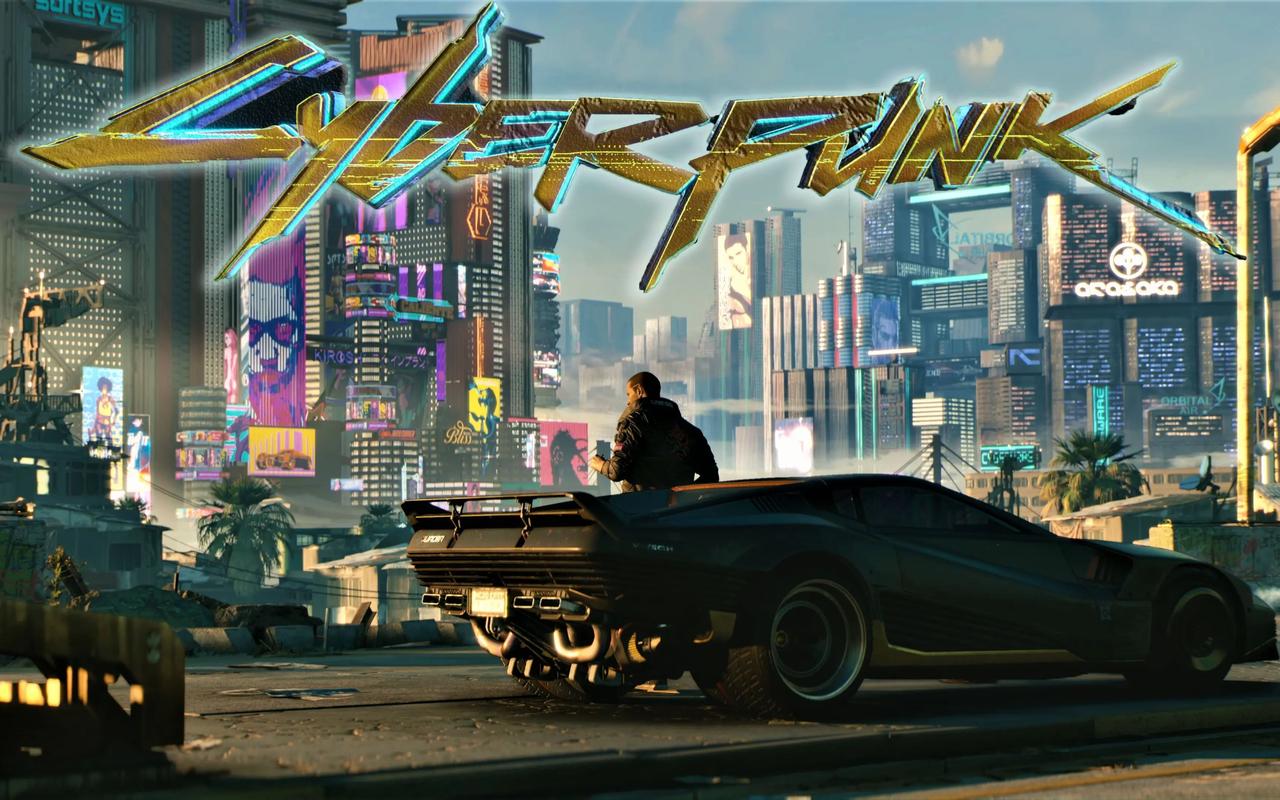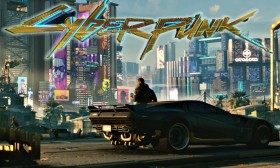The Role of Fan Art in Amplifying AAA Game News
In the digital age, the announcement and promotion of AAA video games have evolved into sprawling multimedia spectacles. While developers and publishers leverage high-budget trailers, influencer partnerships, and social media campaigns, an organic and potent force has emerged as a critical amplifier of game news: fan art. Far from being a mere byproduct of fandom, fan art has become a dynamic engine that drives engagement, extends reach, and deeply enriches the narrative ecosystem surrounding major game releases.
The traditional marketing funnel for a blockbuster game involves a top-down approach: a reveal at a major event like The Game Awards, a carefully curated gameplay demo, and a series of developer diaries. While effective, this strategy can sometimes feel distant and corporate. Fan art injects a vital layer of human connection and authenticity into this process. When a new character, world, or creature is unveiled, the community’s immediate and passionate response is often through artistic reinterpretation. This content, shared across platforms like Twitter, Instagram, ArtStation, and Reddit, creates a groundswell of organic buzz that money cannot easily buy. A single piece of stunning fan art can resonate more powerfully than a retweeted official post, as it represents genuine excitement from a peer.
This phenomenon significantly extends the lifespan and reach of official news. A trailer might trend for a day, but the fan art it inspires can circulate for weeks, continually bringing attention back to the source material. For instance, the reveals of characters like Cyberpunk 2077’s Johnny Silverhand or Baldur’s Gate 3’s Astarion triggered deluges of artistic tributes. Each share, like, and comment on these artworks acts as a micro-endorsement, algorithmically amplifying the game’s presence on social platforms. The aggregated effect is a vast, decentralized network of advocates visually preaching the gospel of the game to their own followers, many of whom may have missed the initial announcement.

Furthermore, fan art serves as a powerful feedback loop and sentiment gauge for developers. The volume and nature of the art generated can be a clear indicator of what resonates with the audience. A character that becomes an instant fan-art favorite signals to the developers that this element is a strong point to emphasize in future marketing. In some cases, developers and publishers actively encourage this creativity by sharing standout fan art on their official channels. This practice, often tagged as #FanArtFriday, does more than just fill a content calendar; it validates the community’s efforts, fostering immense goodwill and strengthening player loyalty. It transforms passive consumers into active co-creators, making them feel seen and valued by the studios they admire.
The impact is also profoundly narrative. AAA games often feature rich, expansive worlds with deep lore. Fan art allows the community to explore corners of that universe that the main game might only hint at. Artists depict untold backstories, romantic pairings ("shipping"), alternate costumes, or everyday life in a fantastical setting. This narrative expansion keeps the game’s world alive and breathing in the collective imagination long after the credits have rolled and long before the game is even released. It builds a richer tapestry of meaning around the IP, making it more than a product—it becomes a shared mythos.
Platforms like DeviantArt, Tumblr, and particularly Twitter have become the digital galleries for this movement. Hashtags related to a game become curated exhibitions, showcasing a staggering diversity of styles, from hyper-realistic digital paintings to whimsical chibi sketches. This accessibility is key; you don’t need a multi-million-dollar budget to contribute to the game’s legacy. This democratization of content creation means that the hype is built from the bottom up, creating a more resilient and authentic form of advocacy.
However, the relationship is not without its complexities. Issues of intellectual property and monetization remain gray areas. While most studios welcome non-commercial fan art, the line between inspiration and infringement can be blurry. Despite this, the prevailing trend is one of symbiotic benefit. The community gains a creative outlet and a sense of belonging, while the publishers receive a constant stream of high-engagement, cost-effective marketing that demonstrates real, heartfelt player investment.
In conclusion, fan art has transcended its hobbyist roots to become an indispensable pillar in the amplification of AAA game news. It is the vibrant, human heartbeat beneath the metallic shell of corporate marketing campaigns. By generating organic engagement, extending cultural relevance, providing valuable feedback, and deepening narrative immersion, the creative output of fans ensures that the conversation around a major game is not a one-way broadcast but a lively, collaborative, and endlessly creative dialogue. In the competitive landscape of AAA gaming, those who embrace and celebrate this artistic ecosystem are not just selling a game; they are nurturing a culture.















